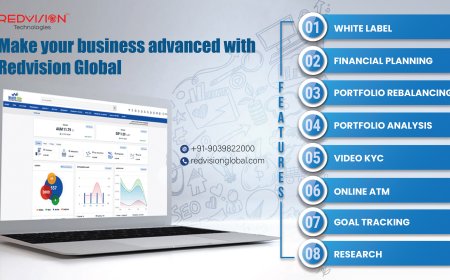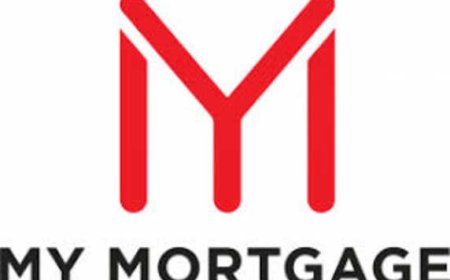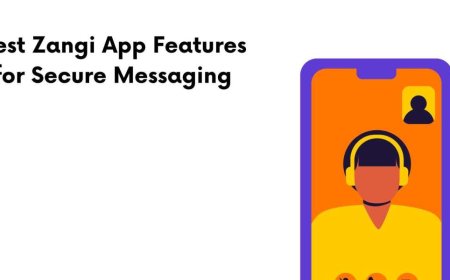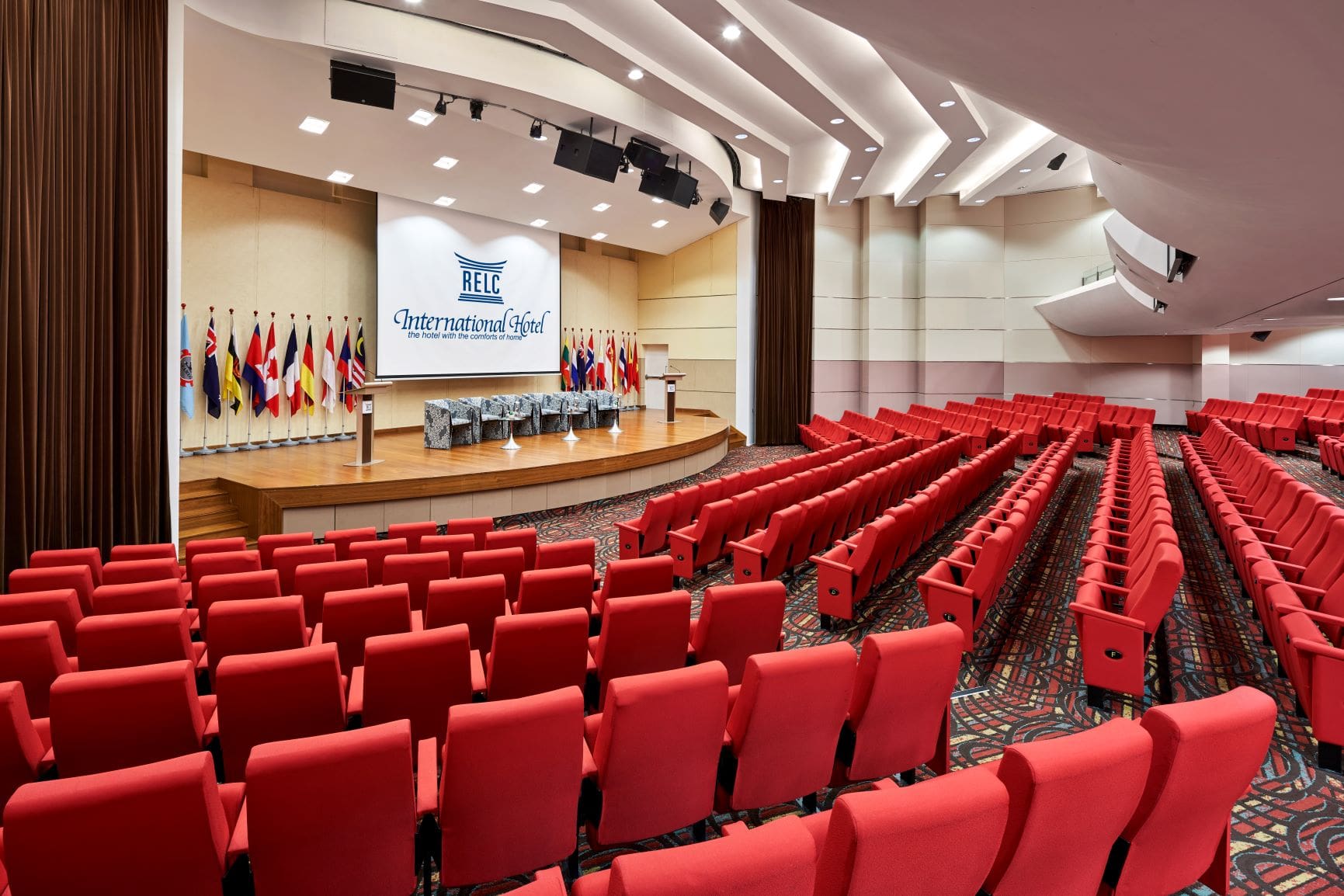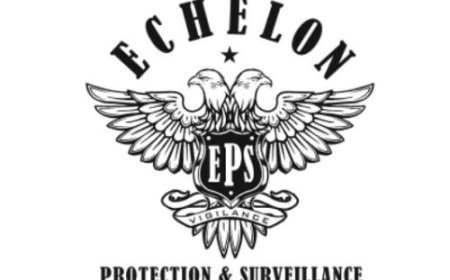Crafting Persuasive Letters of Support for Your Grant Proposals
Learn how to craft persuasive letters of support that strengthen your grant proposals. Discover proven strategies, real examples, and expert tips to boost credibility and funding success.
Imagine youve built a perfect grant proposal. Your budget is balanced, your goals are clear, and your project meets all the funders criteria. But then you rememberyou need letters of support. You rush through it, ask a few partners for quick blurbs, and hope for the best.
That approach might cost you the grant.
A compelling letter of support can be the key difference between a strong application and one that wins funding. These letters are not just formalitiesthey're endorsements that show your project has community backing, stakeholder commitment, and real-world relevance.
Why Letters of Support Matter

They Validate Your Proposal
A 2021 report by the National Grants Management Association revealed that proposals with strong community letters of support had a 28% higher success rate than those without. Why? Because funders trust what others say about you more than what you say about yourself.
They Show Collaboration
Funders want to know your project is not happening in a vacuum. Letters from respected partners prove you're working with others to meet shared goals.
They Add a Human Touch
A heartfelt quote from a community leader or a testimonial from a local nonprofit can bring your proposal to life, making it more relatable and grounded.
Key Elements of a Persuasive Letter
1. Clear Support Statement
Begin with a direct statement of support: "I am writing to express our strong support for [Applicant]'s proposal to [Project Name]."
2. Relationship Description
Explain how the writer knows you. This builds credibility: "Our organization has partnered with [Applicant] for the past three years on community health initiatives."
3. Project Relevance
The letter should highlight why the project matters, both to the community and the letter writers mission. It should align with regional or community needs.
4. Unique Contribution
The letter should mention any specific ways the supporter is contributingfrom in-kind donations to community outreach or data sharing.
5. Contact Information
Always include the signatorys name, title, and contact details to allow follow-up by the funder if needed.
Who Should Write the Letters?
Community Leaders
A mayor, city planner, or school superintendent can show institutional support.
Partner Organizations
Nonprofits or advocacy groups working in the same space can add credibility.
Beneficiaries
A letter from someone who directly benefits from the project brings emotional weight.
Elected Officials
They can demonstrate political backing and strategic alignment.
Best Practices for Gathering Letters
Ask Early
Give your supporters time to write a quality letter. Provide them with key information: project goals, why you're applying, how their support matters.
Offer a Draft
Many partners will appreciate a draft to work from. Make it easy for them to say yes.
Dont Copy-Paste
Avoid having all letters sound the same. Tailor each one to the individuals perspective and connection to your project.
Proofread
Make sure each letter is professional, typo-free, and formatted correctly.
What Funders Look For
According to a 2022 analysis by Grant Professionals Association, reviewers specifically cited these as most helpful in letters:
-
Specific examples of past collaboration
-
Evidence that the supporter understands the proposed project
-
Details on how the supporter will engage with the project
-
Real community impact
Sample Scenario: Community Revitalization Project
Lets say you're applying for a grant to revitalize a downtown park. Here are three ideal letter types:
1. Letter from Parks Department
Confirms land use permissions, technical expertise, and past collaboration.
2. Letter from Neighborhood Association
Shares community enthusiasm and offers volunteer support.
3. Letter from Local School Principal
Explains how students will benefit and pledges to integrate park visits into school curriculum.
Together, these letters paint a picture of a well-loved, multi-use project with deep community roots.
Tips to Maximize Impact
Use Letterhead
Make sure every letter is on official organizational letterhead. It increases professionalism.
Use Quotes in Your Narrative
Dont just attach the lettersweave compelling quotes into your proposal.
Keep Letters Current
Use letters that are no older than six months to keep your application fresh and timely.
Be Honest
Dont ask someone to write a letter who doesn't truly support your work. Authenticity matters.
The Role of Experts
Sometimes, coordinating multiple letters, tailoring messaging, and ensuring consistency across a proposal can feel overwhelming. Thats where experienced professionals come in.
At Nittany Grantworks, our Grant Development Services include comprehensive support in securing persuasive letters of support. From identifying the right voices to helping craft compelling content, we help make every part of your grant package stronger.
Conclusion
In the end, letters of support are more than a checkbox on your grant application. They are voices that speak to your character, your partnerships, and your value to the community. Done right, they not only validate your workthey elevate it.
So the next time you prepare a grant proposal, dont leave those letters to the last minute. Treat them with the care they deserve. Because when funders read those letters, theyre not just learning about your project.
Theyre seeing who stands behind it.
















